Philkotse.com has put together a brief comparison between the top 3 choices of tools to help you bring back a dead car battery to life: jump starter, battery charger, and the jump box.
These three tools were made for the same purpose. But what makes each so different from each other? Is one more expensive than the others? Is there a more efficient solution among the three? Do you need special knowledge or skill to operate them?
1. The different types of jump starters
There are two main types of jump starters. These are the plug-in devices and the jump boxes. If you’ve never seen a jump box, you may want to learn more about it to know if it’s for you.
A jump box looks like a couple of sealed batteries with jumper cables attached. These are basically maintenance maintenance-free, which is a good thing. This means you won’t have to worry about checking up on them every now and then, provided that you keep the jump box in a safe, secure, and moisture-free place.
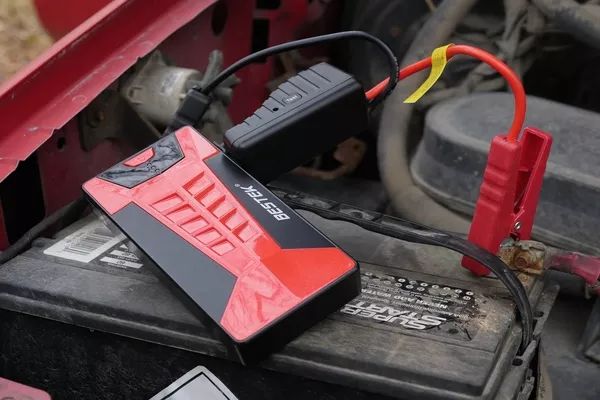
A jump box looks like a couple of sealed batteries with jumper cables attached
On the other hand, plug-in units work like typical battery chargers. These are designed to deliver a massive burst of amperage. This mini-explosion is pulled by your starter motor to start your car engine. That’s why if you ever need to jump-start your car, a jump starter and combo charger should do the trick.
Take note, however, that this is best done at home before you kickstart your day. Otherwise, you should opt to use a jump box instead. But then again, that’s just a small part of the bigger picture.
>>> Check out: Top 9 common mistakes to avoid when jump-starting your car.
2. Chargers and the plug-in jump starter
The trickle chargers that we usually see in the market have multiple settings. A lot of them can provide amperage ranging from two to 10. This is because it is better for your battery life to charge at a slower rate on a lower amperage. The problem is that it isn’t always convenient to wait for a trickle charge with 2amp of power.
With that said, there are battery chargers with a special start setting. This can deliver a higher amperage. You may even be able to turn on your charger. But this can still depend on how dead your car battery is. All you have to do is choose the “start” setting. Then, start cranking the engine as soon as you can.
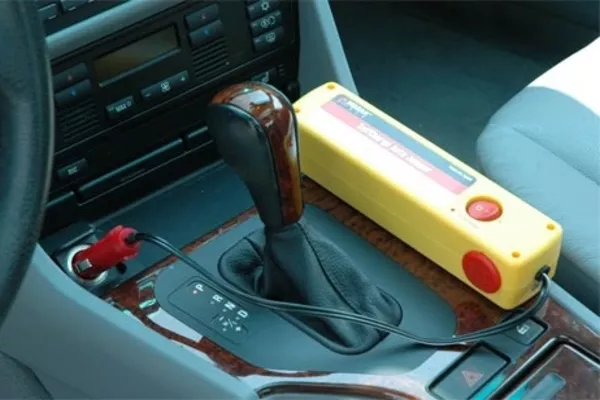
The trickle chargers that we usually see in the market have multiple settings
3. Why buy a plug-in jump starter?
The charging capability is the main benefit of getting a plug-in type of jump starter. The instant start you get from using the “start” setting of other settings may sound promising. But this isn’t very beneficial for your charging system.
Most modern alternators weren’t designed to charge batteries that are completely depleted fully. If you force it, you can expect a shorter lifespan. But if you do have a charger and ample time for charging, you’re not only saving your battery. You’re also saving big bucks when it comes to possible future repair bills.
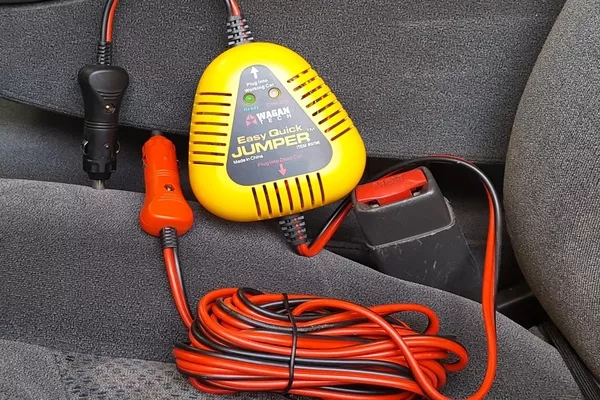
The charging capability is the main benefit of getting a plug-in type of jump starter
Here, the main drawback of using a plug-in unit becomes evident, that is, they have to be plugged in. Plug-in chargers and starters are pretty much portable. But if you can’t find a place to plug them into, they’re pretty much useless.
Still thinking that you want to go for a plug-in device after all that? Then consider looking for a device with these features:
- Has a float charge option
- Comes with multiple amperage settings (e.g., 75A/10/2)
- Comes with multiple charging modes (e.g., 12V, 6V)
>>> Also check: How to jump-start your car in 4 easy steps.
4. Portable power pack and jump boxes
Another type of jump starter is the so-called jump box. The name gives away the actual look of this starter. A jump box is a simple battery compactly fitted into a box. Most units come with a maintenance-free battery that’s sealed and protected from destructive external elements.
This battery is permanently connected to a few jumper cables. The “box” is usually just a convenient, blow-molded plastic packaging.
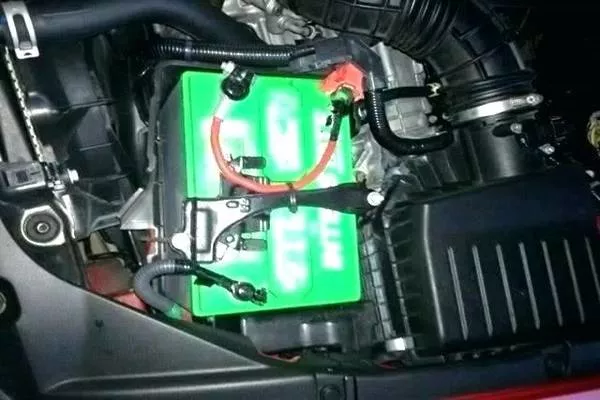
Another type of jump starter is the so-called jump box
Unlike the plug-in units we discussed earlier, jump boxes are unable to charge dead batteries. But it has its own set of pros. First of all, jump boxes are extremely portable. Second is that they can provide the necessary amperage for you to start the car. This applies even if you have a dead car battery.
With that said, you can easily tell how much they jump box option will seem to be the best among the three. This is also what makes the jump box the most convenient choice if you’re away from the comforts of your own home.
Just remember to choose a unit with a battery that’s big enough. Also, remember to keep it charged so it’s ready for use anytime you may need it.
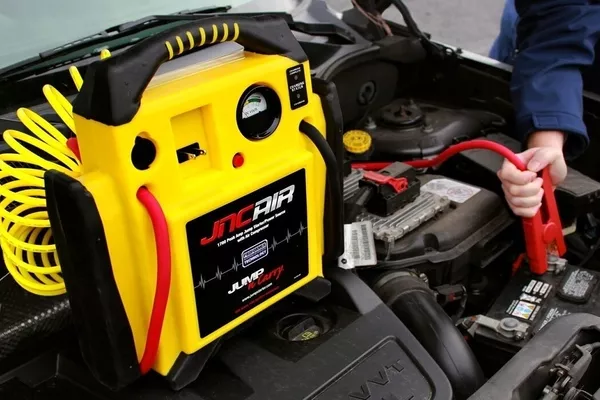
Jump boxes are extremely portable
5. The drawback of getting a jump box
The main downside of choosing a jump box over the other options is the fact that you’ll be driving with a dead battery. Getting yourself used to jump a dead car battery using a jump box is a major no-no. If you kept driving around even after the incident, you might end up with an expensive alternator problem.
Recent posts
- Main battery or second battery: Helpful info you need to know Aug 16, 2022
- [Philkotse guide] How often should I replace my car batter? Oct 19, 2020
- Handy tips on how to charge and maintain car battery properly May 24, 2023
- Car battery - What you should know before making a purchase Sep 11, 2019
- 5 simple tips to care for your car battery Aug 16, 2022












